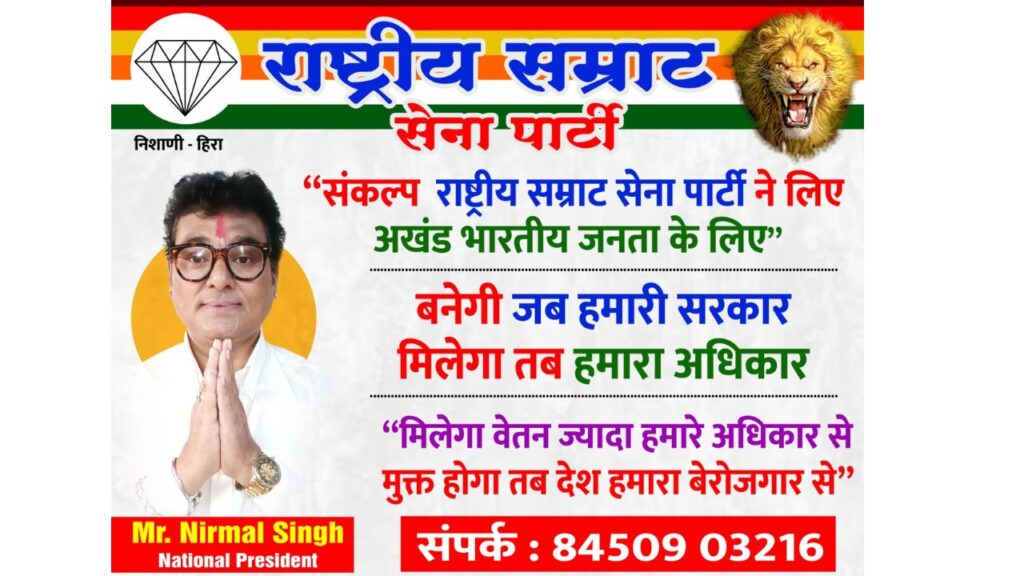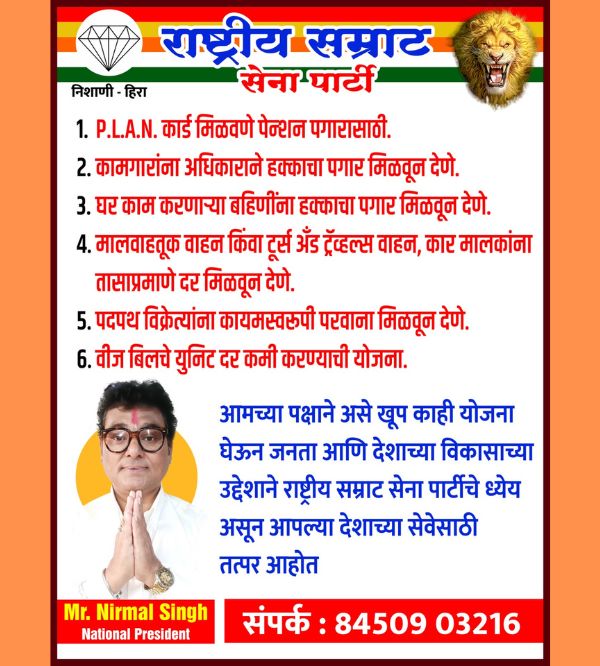In today’s digital age, politics has moved far beyond traditional rallies, posters, and street campaigns. The battleground is now online — and digital marketing for a political party’s website has become the most powerful weapon to win hearts, minds, and votes.
Whether you’re preparing for an upcoming election or building grassroots support year-round, a smart digital strategy is essential. Here’s how to leverage digital marketing to make your political party’s website a true force for influence and engagement.

Why Digital Marketing Matters for Political Parties
A strong online presence isn’t just nice to have — it’s a necessity. Voters expect instant access to information, clear messaging, and transparency. Your website is the first stop for:
- Voter education
- Event announcements
- Volunteer recruitment
- Fundraising efforts
- Voter registration drives
- Real-time updates and campaign news
With digital marketing, you can amplify your message, mobilize your supporters, and outmaneuver your opposition — often at a fraction of traditional media costs.
Key Benefits of Digital Marketing for a Political Website
- Reach a Wider Audience
Your message isn’t limited to a local district. You can target state, national, or even international audiences of supporters and donors. - Real-Time Communication
From breaking news to urgent appeals, your website and digital channels let you speak to your audience in real time. - Data-Driven Strategy
Digital marketing tools provide deep insights into what’s working — helping you optimize for performance and voter response. - Cost-Effective Campaigning
Compared to TV, print, or radio, online campaigns can be launched and scaled for much less.
1. Build a Fast, SEO-Optimized Political Website
Your website is the foundation of your digital presence. It must be:
- Mobile-friendly
- Fast-loading (under 3 seconds)
- Optimized for search engines (SEO)
- Accessible to users with disabilities
- Easy to navigate and regularly updated
Essential Pages to Include:
- Home Page with your mission and current campaign
- About the Party and Key Leaders
- Policy Positions or Manifesto
- Volunteer and Donate Pages
- Blog or News Section
- Contact and Media Inquiries
Tip: Use keyword-rich headings like “Our Vision for [Your State/Country]”, “Volunteer for Change”, or “Support Progressive Policies” to improve SEO visibility.
2. Leverage Search Engine Optimization (SEO)
A politically active website without SEO is like a speech with no microphone. Use these SEO best practices:
- Keyword Strategy: Use relevant keywords like “digital campaigning”, “vote for [rashtriya samrat sena party]”, “2025 elections”, etc.
- On-Page SEO: Optimize titles, meta descriptions, URLs, and image alt text.
- Internal Linking: Link between pages to keep visitors engaged.
- Local SEO: If targeting a region, optimize for “[navi mumbai] political campaign” or “vote [rashtriya samrat sena party] in [navi mumbai]”.
Pro Tip: Use tools like Google Keyword Planner or Ubersuggest to find high-traffic keywords related to your cause.

3. Create a Political Blog to Drive Engagement
Blogging is a great way to keep your audience informed and improve your search rankings. You can:
- Share behind-the-scenes campaign stories
- Break down complex policy issues
- Highlight community projects
- Respond to current events or opposition claims
Blog Ideas:
- “5 Reasons to Vote for [rashtriya samrat sena party] in 2025”
- “Inside Our Campaign: A Day in the Life of a Volunteer”
- “How Our Policies Will Help [navi mumbai /hindu] Thrive”
Don’t forget: Use keywords in blog titles, headings (H1, H2), and throughout the post — naturally.
4. Use Social Media to Drive Website Traffic
Social platforms like Facebook, X (formerly Twitter), Instagram, and YouTube are essential amplifiers of your message. But remember — your goal is to drive traffic back to your website, where you control the conversation.
Strategies:
- Tease blog posts with links to your site
- Share short video messages or livestreams
- Post event updates and rally recaps
- Create shareable infographics and quote cards
- Engage in polls, Q&As, and hashtag campaigns
CTA (Call to Action): Always include a “Learn More”, “Join Us”, or “Donate Now” link back to your website.
5. Run Targeted Email Campaigns
Email remains one of the highest-converting digital channels. Collect emails through:
- Petition sign-ups
- Newsletter subscriptions
- Volunteer forms
- Donation receipts
Then, segment your audience and send personalized content:
- Event invites based on location
- Policy updates based on interests
- Volunteer opportunities by availability
- Donation appeals with progress tracking
Bonus Tip: Use tools like Mailchimp, Brevo, or Constant Contact to manage email marketing campaigns efficiently.

6. Invest in Paid Digital Advertising
While organic growth is essential, pay-per-click (PPC) and social media ads can give your campaign the boost it needs — especially in the weeks before an election.
Platforms to Use:
- Google Ads for search and display ads
- Facebook and Instagram Ads for local targeting
- YouTube Pre-Roll Ads for powerful video storytelling
Use demographic, geographic, and interest-based targeting to reach:
- First-time voters
- Youth demographics
- Issue-based interest groups (e.g., climate, healthcare)
7. Use Analytics to Measure and Improve
What gets measured gets managed. Tools like Google Analytics, Hotjar, and Meta Pixel help you:
- Understand your traffic sources
- Track conversions (sign-ups, donations)
- See what content is performing best
- Spot drop-off points and fix them
Regularly monitor these metrics and refine your strategies based on performance.
8. Build a Community, Not Just a Website
At the heart of digital marketing is people. Use your website and online channels to create a sense of belonging:
- Feature volunteer testimonials
- Highlight supporter-generated content
- Create community forums or town halls
- Launch virtual meetups or webinars
The goal: Turn passive readers into active supporters, and supporters into voters.
Final Thoughts
Digital marketing for a political party’s website is no longer optional — it’s a must-have tool for modern political success. When done right, it can drive donations, expand your reach, boost visibility, and ultimately help win elections.
To recap, focus on:
- Building a fast, SEO-optimized website
- Publishing engaging blog content
- Driving traffic through social media
- Growing your email list
- Running targeted ads
- Tracking everything with analytics
With the right digital strategy, your political message won’t just reach the public — it will resonate and mobilize them into action.
Need help creating or optimizing your political party’s website? Contact our digital team today to start your campaign’s digital transformation.
